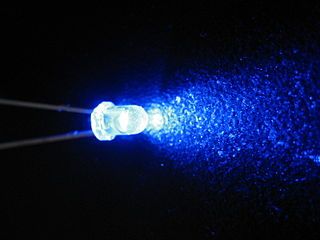From Guest Blogger Layla Grant: What to Look for When Changing to LED Light Bulbs

One of these is the LED bulb. LED stands for Light Emitting Diode. It’s important to know when changing to LED bulbs that their wattage to lumens (or light in other words) ratio is much better than an incandescent bulb. Compared to an incandescent bulb, an LED light can give you more lumens for a lower wattage, making them a fantastically energy efficient choice that can help you to save money. They also have a significantly longer lifespan than incandescent bulbs, so this is something to look out for as well. After all, you want your new lights to be long lasting. Check the lighting information on the product box to see how many hours the LED bulb will provide to get a better gist of what you want, but on average an LED bulb can provide between 25,000 and 50,000 hours of light. Your bulbs should have offer high lumens but low wattage for maximum efficiency.
The colour of the light also needs to be considered. LED bulbs, depending where they fall on the spectrum of light, come in a variety of colours both warm and cold. This is more specific to your personal preference, but do bear in mind that lighting and colour can affect your mood and even have subtle influences on your emotional wellbeing. For example, a warm white light may have a more positive effect on you than a cold white light, which is typically associated with public and commercial buildings and can be seen as too clinical or stressful for the eyes.
As they are more environmentally conscious, you should look for LED bulbs that are suitable accredited. For example, have they been given an Energy Star qualification? Energy Star qualified products mean that they are proven to be more efficient, helping you to save money and make your carbon footprint that bit smaller. Look out for it when browsing through LED lights on sites like Litecraft to reassure yourself that you’ve chosen the best possible product.
As you can see, LED light bulbs represent the future of environmental living. They are more efficient and last much longer for a great deal less energy than an incandescent bulb could ever hope to offer.
